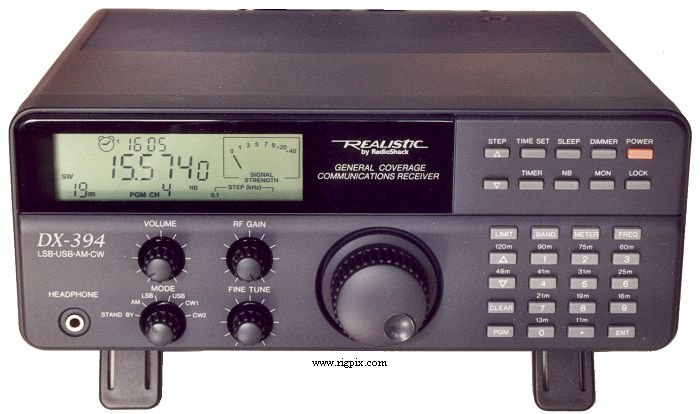

There are two basic types of radios under discussion.
#Digital receiver radio shack how to
The focus of this article is the radio and how to predict/design for performance.

However, this is a complete discussion in itself and not the focus of this article. As such, these DSPs can be reprogrammed with upgrades or new features based on customer segmentation, all using the same hardware. Furthermore, since the core of the digital processor is a digital signal processor (DSP), this allows many aspects of the entire radio receiver itself be controlled through software. Digital receivers can be used to receive any type of modulation including any analog or digital modulation standards. In fact, a digital receiver will do an excellent job at receiving any analog signal such as AM or FM. Likewise, the purpose of the digital processor is to take the digitized data and extract out the desired information.Īn important point to understand is that a digital receiver is not the same thing as digital radio(modulation). With this segmentation, the purpose of the radio is to down convert and filter the desired signal and then digitize the information. Traditionally, a radio has been considered to be the ‘box’ that connects to the antenna and everything behind that, however, many system designs are segmented into two separate subsystems. This article summarizes the design issues with and the interfacing of these devices into complete radio systems. Some of these advances include better integrated mixers, LNA, improved SAW filters, lower cost high performance ADCs and programmable digital tuners and filters. For this to happen, many advances in semiconductor design and fabrication were required and have come to fruition over the last few years. These changes allow reduction of size, cost, complexity and improve manufacturing by using digital components to replace unreliable and in-accurate analog components. Many advances in radio design and architecture are now allowing for rapid changes in the field of radio design. It is not by any means an exhaustive exposition, but is instead a primer on many of the techniques and calculations involved in such designs. This paper attempts to explain how to calculate sensitivity and selectivity of such a receiver. With many new advances in data converter and radio technology, complex receiver design has been greatly simplified. This paper introduces the basics of designing a digital radio receiver. Basics of Designing a Digital Radio Receiver (Radio 101)


 0 kommentar(er)
0 kommentar(er)
